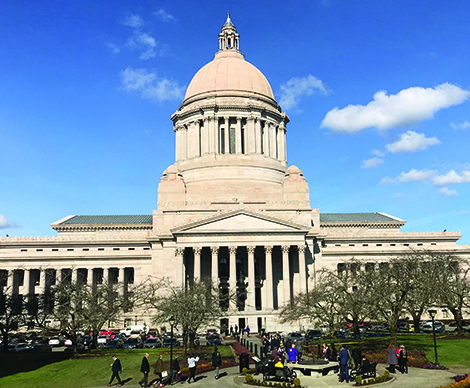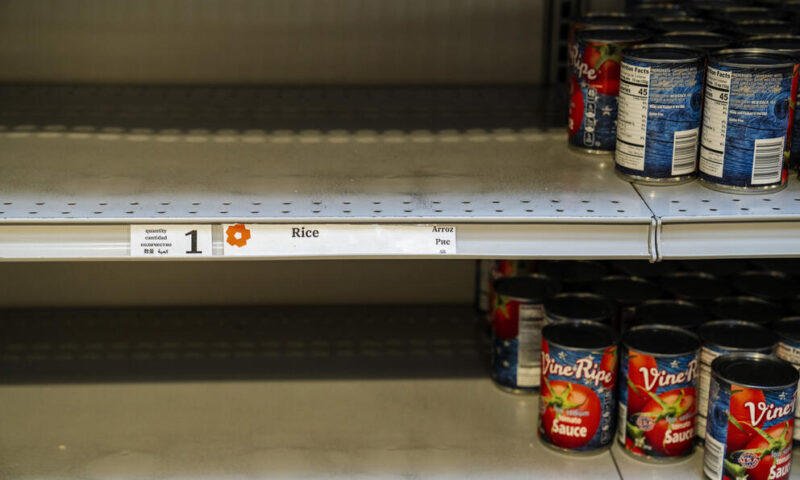State budget merry-go-round: New taxes and spending, service cuts
(Pictured: Washington’s capitol building, where this year’s legislative session recently wrapped up).
By Cascade PBS
It was a legislative session that pushed everyone to their limits.
Lawmakers entered their 2025 session in January with a host of issues to address: A $15 billion budget shortfall to fill, gaps in funding for future road and transit projects, a new presidential administration planning to cut essential federal dollars and a new governor whose opinions on key legislation and tax policy remained mostly unknown.
Despite the 105-day session’s complexity, lawmakers finished on time April 27, gaveling out one last time after signing a budget including a host of new taxes, cuts to services and new spending. Over the final full week in session, the Legislature approved contentious policies like yearly rent caps, new permit requirements for purchasing guns, parental rights stipulating when family members can access information about their school-aged children and the establishment of unemployment benefits for striking workers.
Lawmakers approved a $100 million grant program for local law enforcement; backed down on some of their major tax increase proposals; and passed some of Ferguson’s priority policies, including reimbursing farmers who have been paying extra in fuel costs and prohibiting other states’ National Guard forces from entering Washington without permission.
The fate of the budget and all policy bills were left to Ferguson, who had until May 17 to sign or veto laws. Most were signed by May 15.
Both the operating budget, which funds government services and programs, and the transportation budget, which funds roads and transit, are facing shortfalls over the next few years.
Lawmakers ended this session with balanced approaches for both, employing new taxes, fees and spending cuts to fill funding gaps.
The final operating budget totals nearly $78 billion over the next two years. It includes more than $4 billion in new tax revenue and nearly $3 billion in spending cuts. These reductions will have their greatest impact on higher education, behavioral health and health care programs.
In the final transportation budget, lawmakers approved a 6-cent increase to the state gas tax. The tax, currently 49.4 cents a gallon, will increase to 55.4 cents in July. It’s expected to bring in $1.4 billion over the next six years, helping to close a funding gap for major future projects.
The final deals also include fee hikes for Discover Passes for state parks, hunting and fishing licenses, vehicle weight, new state IDs and ferry rides.
A host of much-debated policies got their final approval over the weekend, following days of closed-door negotiations and compromise.
Among the most contentious was a bill to cap yearly rent increases. The final version caps yearly rent increases for most renters at 7% plus inflation, not exceeding 10%.
Another big fight this session involved rights for parents of children in K-12 schools. Lawmakers voted along party lines to pass a bill updating an initiative that passed last year outlining parents’ access to information about their children in public schools. The final proposal removes some parental access to medical and mental health records, as well as prior notification of when medical services are being offered to a child and when their child needs follow-up medical care outside of school. Democrats said most of these rights were already included in other state and federal laws, but Republicans said their excision stripped protections for parents.
A bill giving striking workers unemployment benefits passed the Legislature after Democrats compromised over how long workers could access benefits. A proposal requiring permits and safety training to accompany firearm purchases in Washington also passed last week.
Cascade PBS is a non-profit, independent newsroom covering the Pacific Northwest.


